
Greenwashing vs Real Sustainability: How to Tell the Difference
April 30, 2025, 1:37 pm
In today’s world, sustainability sells. More and more consumers are prioritizing brands that promise eco-friendly products, ethical practices, and environmental stewardship. Businesses know this—and many genuinely work toward positive change. But not all companies that claim to be "green" truly walk the walk.
Enter greenwashing: the act of conveying a false impression or providing misleading information about how a company's products are environmentally sound. For conscious consumers, distinguishing between greenwashing and real sustainability has become an essential skill.
Greenwashing vs Real Sustainability: How to Tell the Difference
So how can you spot the difference? Let’s explore what greenwashing is, why it matters, and how you can tell whether a brand’s commitment to sustainability is the real deal—or just clever marketing.
What Is Greenwashing?
Greenwashing is a deceptive marketing practice where a business exaggerates, fabricates, or misrepresents its environmental efforts to appear more sustainable than it actually is.
The term was coined in the 1980s by environmentalist Jay Westerveld, who noticed hotels encouraging guests to reuse towels to "save the environment" while continuing to waste massive amounts of resources behind the scenes. It’s a tactic designed to capitalize on eco-conscious trends without making the hard changes real sustainability requires.
Common examples of greenwashing include:
- Vague claims like "eco-friendly" or "natural" without proof.
- Distracting token actions (like planting trees) while ignoring major environmental impacts.
- False certifications or misleading imagery, like green leaves and forests, without substance behind the branding.
Greenwashing isn’t just unethical—it undermines consumer trust, harms truly sustainable businesses, and delays meaningful environmental progress.
Why Greenwashing Matters
Greenwashing isn’t harmless. It has serious consequences:
1. Misleads Consumers
When companies make false sustainability claims, consumers who are trying to make responsible choices end up supporting businesses that aren't aligned with their values.
2. Rewards Inaction
Greenwashing allows companies to enjoy the benefits of an eco-friendly reputation without making the tough operational changes that real sustainability demands.
3. Undermines Real Progress
It becomes harder for genuinely sustainable brands to stand out when consumers are bombarded with false or exaggerated claims from competitors.
4. Delays Urgent Action
Climate change, resource depletion, and environmental degradation require urgent, collective action. Greenwashing distracts from real solutions and slows necessary change.
In short: greenwashing damages the integrity of the sustainability movement—and erodes trust in both businesses and environmental initiatives.
How to Spot Greenwashing
Thankfully, you don’t need to be an investigative journalist to identify greenwashing. Here are some key red flags to watch for:
1. Vague or Undefined Claims
Beware of buzzwords like "green," "eco-friendly," "natural," or "sustainable" that aren’t backed up with specific details. If a brand makes environmental claims but doesn’t explain how or provide evidence, be skeptical.
Example: A clothing company says their shirts are "eco-friendly" but offers no information about the materials, production process, or certifications.
Tip: Look for clear explanations, measurable goals, and third-party verification.
2. No Proof or Third-Party Certifications
Real sustainability efforts are usually certified by independent organizations. Watch out for brands that make bold claims but don’t have any verifiable third-party certifications to back them up.
Legitimate certifications to look for include:
- Fair Trade Certified
- Global Organic Textile Standard (GOTS)
- Certified B Corporation
- Cradle to Cradle Certified
- Forest Stewardship Council (FSC)
Tip: Always check whether certifications are legitimate—not just made-up badges or logos designed to mimic real ones.
3. Focus on a Small “Green” Aspect
Some brands highlight a minor eco-friendly feature to distract from larger environmental harms.
Example: A bottled water company touts its recyclable plastic bottles but ignores the enormous carbon footprint of producing and shipping billions of plastic containers annually.
Tip: Evaluate the company's overall environmental impact—not just the one thing they're marketing.
4. Hidden Trade-offs
Sometimes companies highlight one positive environmental aspect while concealing other negative impacts.
Example: A car brand markets its new "fuel-efficient" SUV without mentioning that its production process is highly polluting or that it still relies heavily on fossil fuels.
Tip: Ask yourself: What aren’t they telling me?
5. Irrelevant Claims
A company might brag about an eco-friendly practice that’s legally required or irrelevant to their core business.
Example: A chemical company claims its products are "CFC-free"—but CFCs were banned decades ago.
Tip: Real sustainability efforts should be relevant, voluntary, and impactful.
6. Overly Fluffy Language and Imagery
If a brand’s website or ads are filled with soft language like “we care for the planet” alongside pretty images of forests, flowers, and waterfalls—but no concrete data—there’s a good chance it’s greenwashing.
Tip: Look beyond the marketing. Seek hard facts, metrics, and genuine accountability.
Signs of Real Sustainability
Just as there are red flags for greenwashing, there are strong indicators that a company is truly committed to sustainability:
1. Transparent Reporting
Sustainable brands publish detailed reports outlining their environmental impacts, goals, and progress. They openly share successes—and admit shortcomings.
Look for:
- Annual sustainability or impact reports
- Data on carbon emissions, water use, waste reduction
- Independent audits and verifications
2. Third-Party Certifications
Genuine certifications provide external validation of a brand’s claims. Brands that pursue and maintain recognized certifications are putting their sustainability promises to the test.
3. Holistic Approach
Real sustainability efforts touch every part of the business—not just products, but supply chains, labor practices, packaging, shipping methods, and community involvement.
4. Specific, Measurable Goals
Responsible brands set ambitious yet achievable goals—like cutting emissions by 50% in five years—and share their progress publicly.
5. Continuous Improvement
Sustainability isn’t a destination; it’s an ongoing journey. Brands committed to real sustainability are always striving to do better, innovating, and evolving as they learn.
6. Advocacy for Systemic Change
Many truly sustainable brands don't just focus on their own operations—they advocate for broader environmental and social change within their industries and beyond.
How Consumers Can Push for Real Sustainability
You have more power than you might think. Here's how to support real sustainability and fight greenwashing:
- Do Your Research: Take a few minutes to look beyond marketing claims. Check a company's website for details, reports, and certifications.
- Ask Questions: Email companies, comment on social media, and ask for specifics about their practices. Brands that care will respond thoughtfully.
- Support Transparency: Reward brands that are honest—even when they admit they aren't perfect yet.
- Use Your Voice: Share what you learn with friends, family, and your wider community.
- Buy Mindfully: Remember: the most sustainable product is often the one you don’t buy. Focus on quality over quantity and support businesses that align with your values.
Final Thoughts
Greenwashing muddies the waters of conscious consumerism, making it harder for people to support the brands that truly deserve it. But by staying informed, asking the right questions, and choosing carefully, you can be a powerful force for change.
Real sustainability is about transparency, continuous improvement, and meaningful impact—not perfect marketing. By learning to tell the difference, you’re not just protecting yourself from false claims—you’re helping to build a world where honesty, responsibility, and environmental stewardship are the norm, not the exception.
And that’s a future worth fighting for.
Image via Dreamstime Stock Images

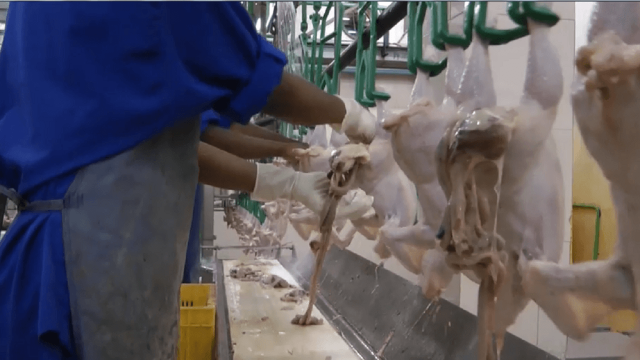

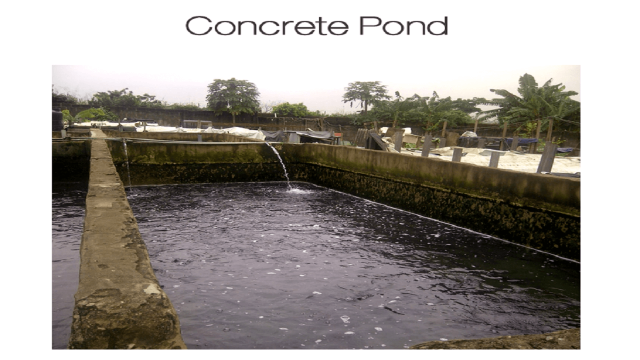
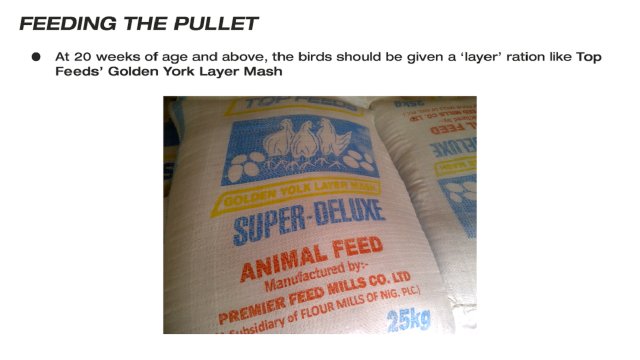
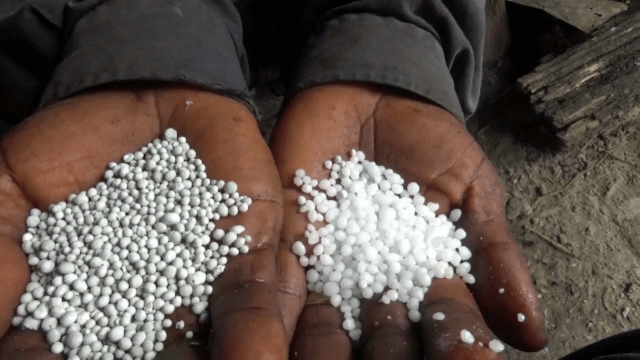

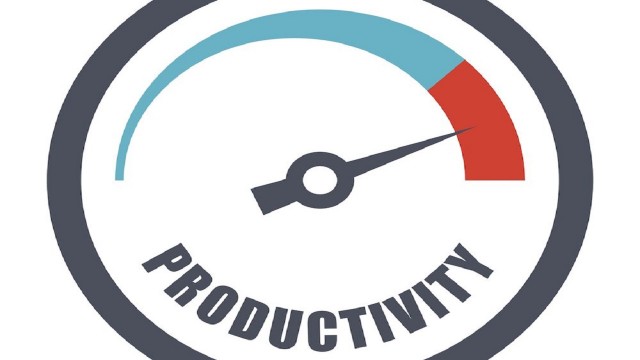




Share This Article: